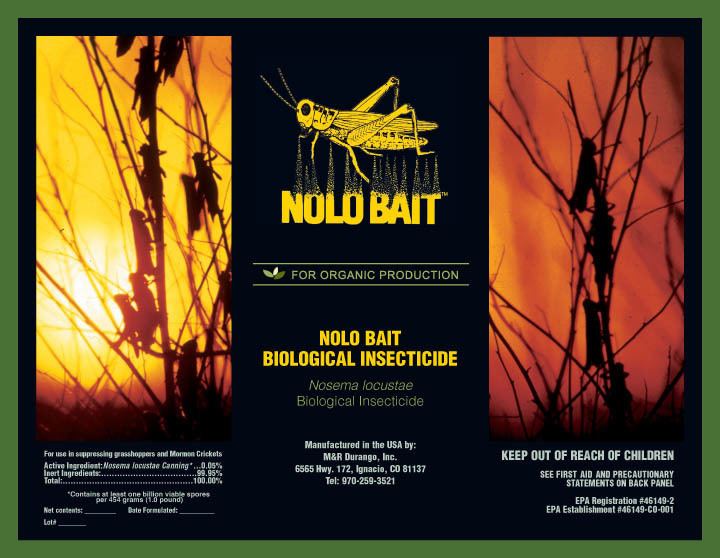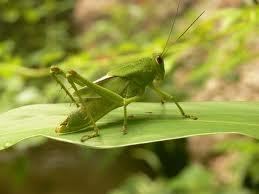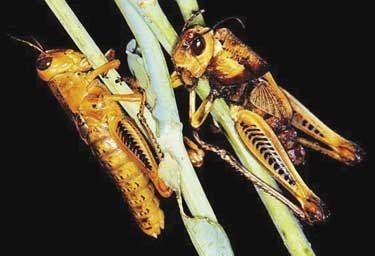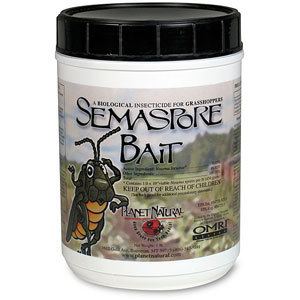Kingdom Fungi Class Dihaplophasea Rank Species | Order Dissociodihaplophasida Genus Nosema | |
 | ||
Similar Microsporidia, Nosema bombycis, Encephalitozoon, Nosema apis, Encephalitozoon cuniculi | ||
Nosema locustae is a microsporidium fungi that is used to kill grasshoppers, caterpillars, some corn borers and crickets.
Contents
Effects on grasshoppers

When consumed, N. locustae affects the digestive system of a grasshopper through a buildup in the gut, eventually killing it by creating lethargy and a lack of appetite; it is also transferable from a deceased infected grasshopper that is consumed. In a study done at Linkoping University using N. locustae and a central Ethiopian grasshopper species, 55% of the grasshoppers that were not inoculated reached adulthood, while only 19% of the ones that were inoculated did.
Farm Application

The spores are typically applied to a carrier, usually wheat bran, and can be spread through the use of a variety of devices. Typical application is one pound per acre, at a rate of 1 billion plus spores.


